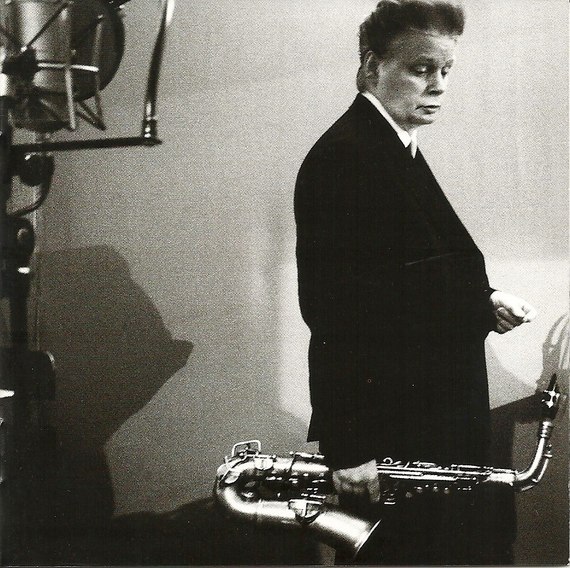You won't ever find James Chance out of his suit, neckwear or pompadour. And what may read a bit antsy on the outside is the opposite on the inside, for James is focused within the realm of his radical energy. Attracted to film noir, James is as retro as any movie from the 30s and 40s. But Chance was and is progressive. He has been around the block a few times, starting his musical career in the early 70s playing free-style jazz, and then moving on to Ethiopian jazz, funk, punk, disco, but James always did his music differently. While most musicians concentrated on building up chords, Chance was known to construct and interlock melodies.
Originally from Milwaukee then settling in New York City, he was known to have his thumbs in two pies: the black soul of jazz/funk and the white soul of rock/punk. But more importantly, James was not in need of an audience to like his music so long as they reacted to it. Earlier in his career, passive audiences would make him mad enough to start a fight with whoever listened flaccidly.
James Brown's "Super Bad" was a blueprint for Chance's music. And like the Godfather of Soul, Chance believes when musicians walk onto the stage they should be dressed to perform, look sharp and be theatrical: hence the suit, tie and hairdo. Just as important for him, is reaching the highest level of musicianship. And although he is an untrained singer, his awesome sax and stage presence places him amongst the finest.
It all began at his Catholic school when the nuns taught him piano. Next, a man from a local record store taught him a few jazz standards. Chance always liked music created before 1975 and the snake charming Ethiopian jazz percussions of 1972. He was sure that he never wanted to play music in a normal cocktail way, and this is why he arranged his compositions through melodies and not chord progressions.
But, he found most of the punk bands of the 70s a little too normal for his liking, their sound just wasn't radical enough. In fact, he was a key figure in the No Wave movement, appearing on Brian Eno's compilation No New York, who believed that musicians should be held to high standards while they entertained: technique before vision. Ironically, he didn't want to hate disco although he thought it was bleached-out. Appreciating the hypnotic affect disco had on the audience and to embrace the genre, he slowed down his pace and added more percussion.
Chance was off the scene for the first part of the 1990s. The departure was mostly due to his discomfort playing under so many different names and sounds. To name a few, there was The Contortions, James White & The Blacks, The Flaming Demonics, Teenage Jesus & The Jerks, all reflecting different soundscapes. When he returned he was just James Chance, who has been greatly influenced by James Brown's rhythms and Thelonious Monk's melodies.
Recently, Chance has signed with Tomás Doncker's True Groove label and to celebrate this union a cover of James Brown's "I Don't Want Nobody" has been released. And at a ripe age, he still has that uncompromising energy in him, appearing on stage with his suit, formal neckwear, pompadour and swagger as he soulfully grooves without limitations.
James Chance & The True Groove All Stars Live At Cutting Room, NYC 2014
